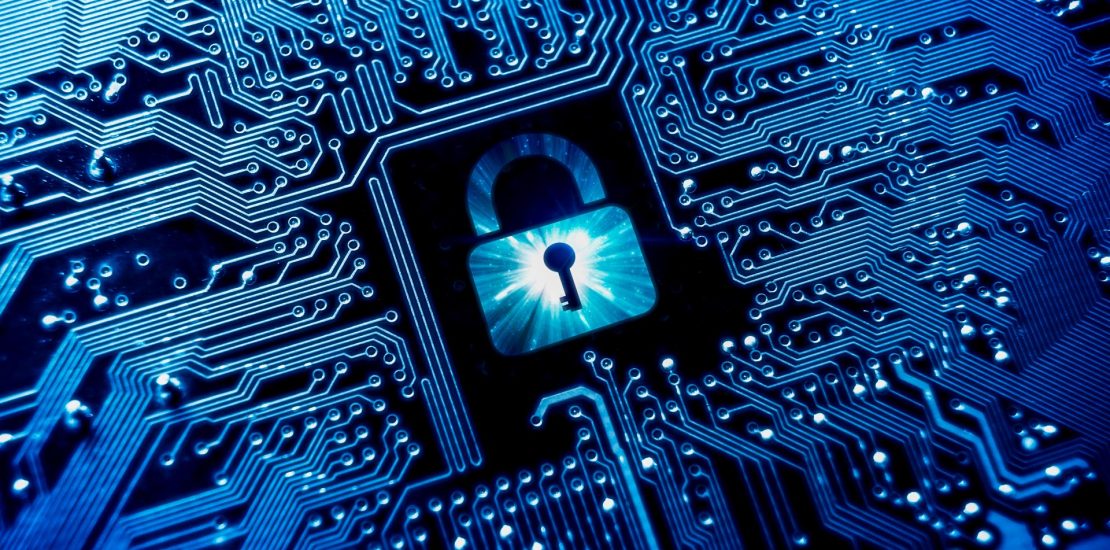- September 12, 2016
- Posted by: Lance Stewart
- Category: Tools

Chances are you never think about the data on your hard drive after you get a new computer. This data can be easily snagged from your hard drives even after formatting. When a file is deleted in the operating system, it actually isn’t deleted. The hex code value of the name of the file is marked for deletion/rewriting. Most operating systems are unable to view this file that has been marked for deletion. However, there are many tools available online that can manually look for this file. Anyone with the right computer skills, for example: a hacker, could easily get this data without anyone ever knowing.
This is why disk sensitization is more important than ever. Data sensitization is just one of several terms used to describe various techniques used to render data on a hard drive irretrievable, unreadable, and unusable. Other terms you might hear floating around are “scrubbing,” “clearing, “purging,” “wiping,” “overwriting,” and simply “erasing.” In May of 2009, insurance the company Health Net was ordered to pay $250,000 in damages to more than 1.5 consumers after a hard disk drive loss containing sensitive information about them was exposed. This could have been easily avoided by simply “scrubbing” their hard drives after they were replaced. Scrubbing a hard drive means a tool either replaces all the data with either of the following: all 1’s to 0’s, all 0’s to 1’s, or random overriding randomly.
For more information on how files are deleted watch this video.
For a free disk sanitizer, check out this site.
To test out a disk sanitizer, try out the free version of Kill Disk.
